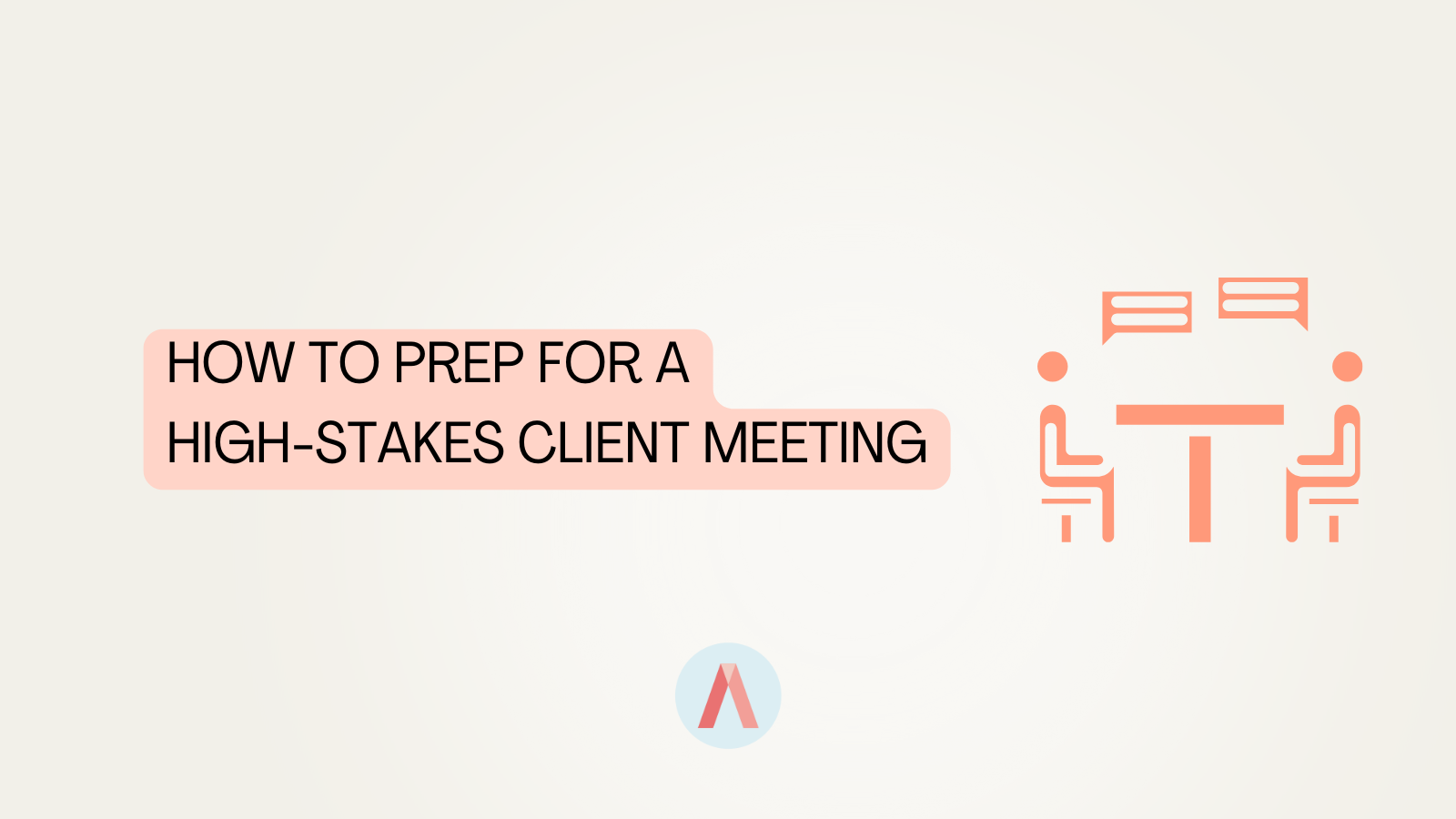How to Prep for a High-Stakes Client Meeting

There’s a big meeting on your calendar. Maybe it’s an executive QBR. Maybe it’s a renewal conversation that could go either way. Maybe it’s a first-time meeting with someone who could change the trajectory of the account.
Whatever the context—if the stakes are high, your preparation needs to match.
High-stakes meetings aren’t the time to wing it. They’re your chance to build trust, show leadership, and move the relationship forward. Here’s how to prepare like a pro.
1. Know the Decision-Makers in the Room
Start by mapping out who’s attending—and why they matter.
- Who are the key decision-makers?
- What are their roles, motivations, and goals?
- Have they been involved in the account before, or is this their first exposure?
Tailor your message to their perspective. Executives don’t care about minor deliverables—they care about business impact.
2. Align Your Messaging to Business Value
This isn’t a status update. It’s a strategic conversation. Focus on what matters most:
- What value has your team delivered?
- How has that impacted their business goals?
- Where are you headed together next?
Use client language. Tie outcomes to their KPIs. And keep it short, clear, and outcomes-driven.
3. Pressure-Test Your Talking Points
If you’re walking into a tough meeting—maybe there’s a delay, or friction around pricing—prepare for pushback.
- What questions might they ask?
- Where are you most likely to get challenged?
- What backup data, proof points, or stories will help you hold your ground?
Anticipating objections builds confidence and prevents you from getting caught off guard.
4. Rehearse the First 3 Minutes
You only get one chance to set the tone. Rehearse how you’ll open the meeting:
- Re-establish the purpose
- Reinforce shared goals
- Set expectations for what comes next
A strong open earns attention and establishes authority.
5. Don’t Go In Alone (If You Don’t Have To)
If other internal leaders should be present—bring them in. This shows commitment, expands relationships, and gives you support in the room.
- Align on talking points ahead of time
- Assign roles so no one’s stepping on each other
- Debrief right after while everything is fresh
Collaboration makes you more credible.
High-stakes meetings can make or break your momentum in an account. When you prepare the right way, you walk in with a clear message, a calm tone, and a focused plan.
And when the meeting turns difficult? The way you communicate under pressure matters even more.
For help leading those hard conversations with clarity and confidence, don’t miss this next read: The Art of Difficult Conversations

.jpg)

.png)
.png)